Study: Americans Tip $500 More a Year Than They’d Like To
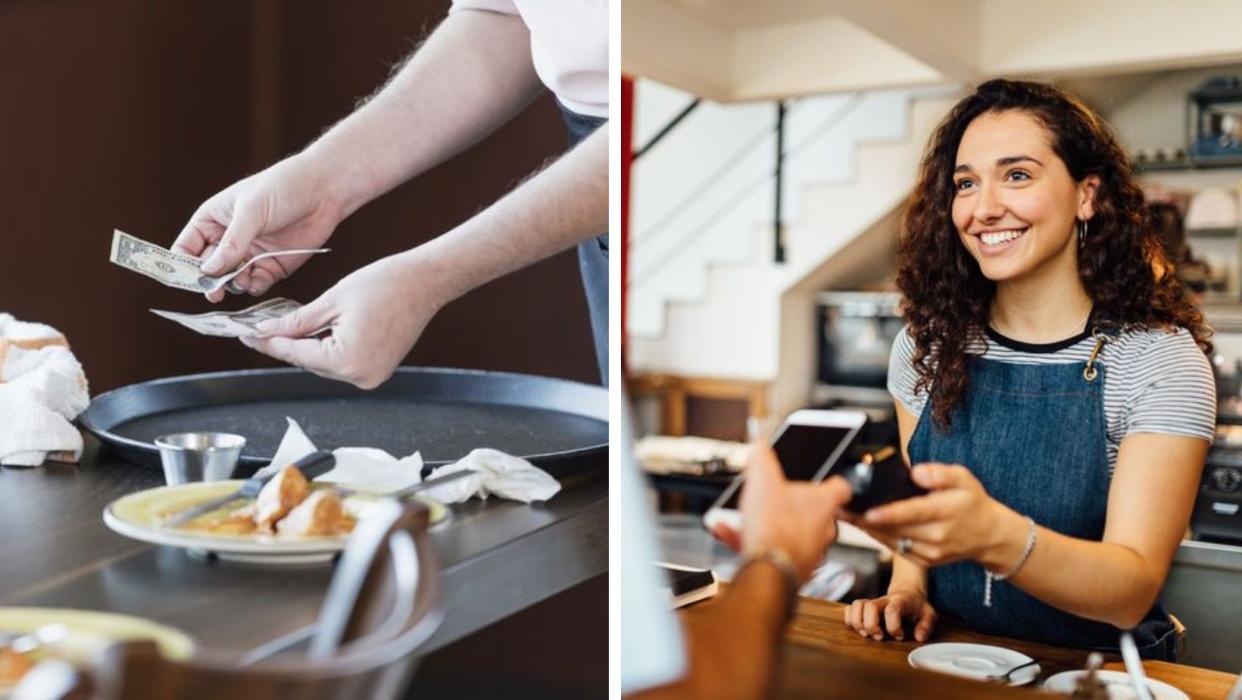
Beyond the Tip Jar
You're not imagining it — tipping culture is totally getting out of hand. Going to the gas station? Expect to tip the employee just for spinning the iPad around. Heck, sometimes they'll expect you to tip even when no actual services were rendered. If you're fed up with what seems like every establishment always expecting a tip, you're not alone. According to a recent study by Talker Research, the average American is spending nearly $500 every year on tips alone.
Here's a closer look at the highlights from the study, plus tips (pun very much intended) on how much you should really be tipping service and industry workers.
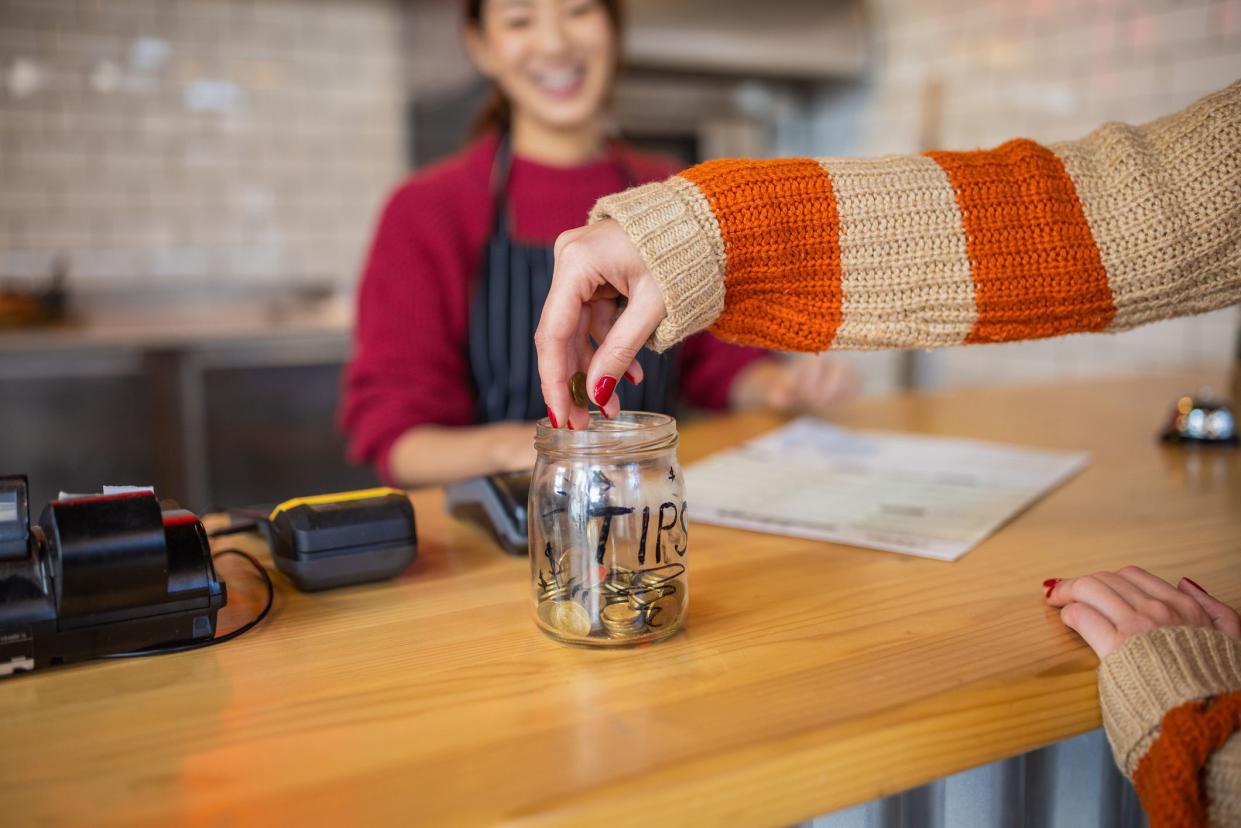
1. How 'Tipflation' is Affecting Us All
The survey, which included 2,000 participants, found that many feel obligated to tip around $37.80 each month — adding up to $453.60 yearly — due to awkwardness or the forceful nature of tipping prompts. This phenomenon, often referred to as "tipflation," affects over a quarter of respondents who reported feeling embarrassed or pressured into tipping more than they would have liked.
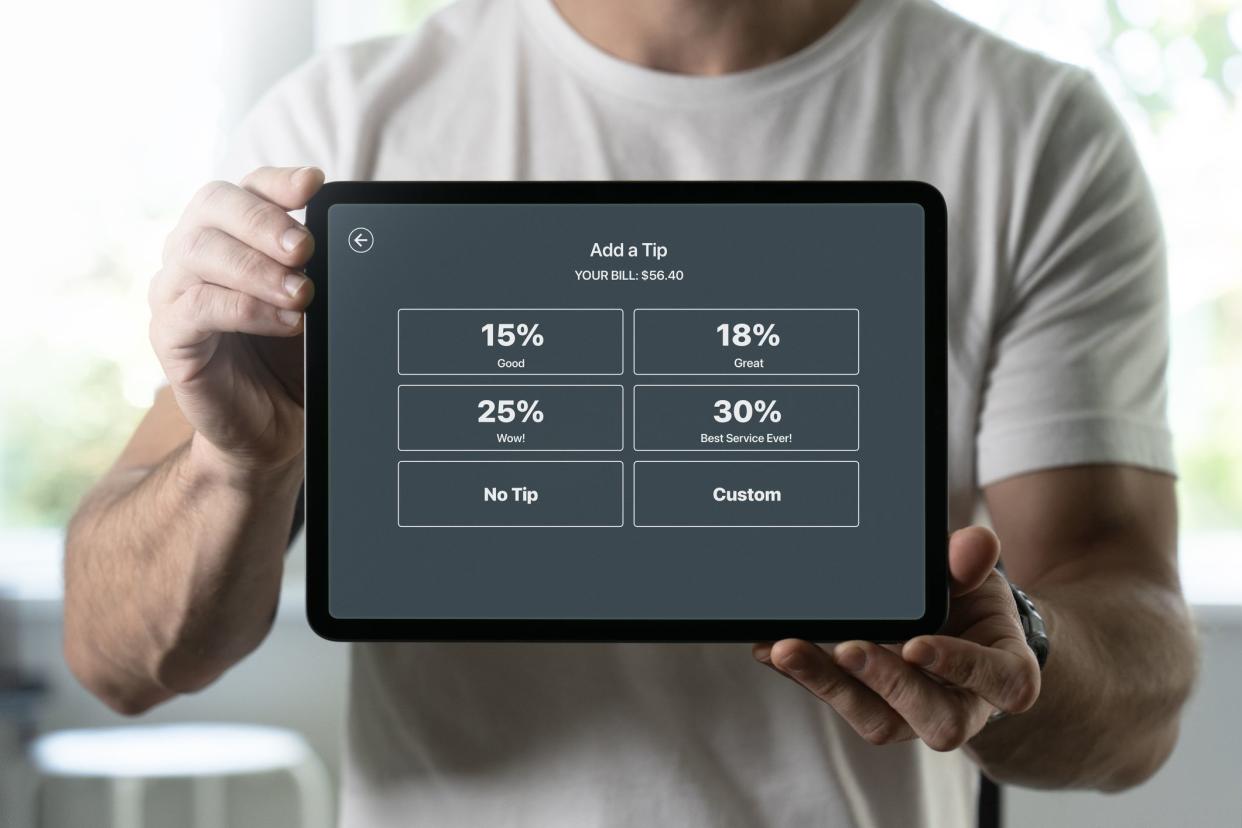
2. Technology Could Be a Culprit
The study highlighted that in just one month, the average person succumbed to tipping pressure over six times (6.3 times, to be exact). This was driven by scenarios that included being closely observed while tipping or confronted with the dreaded tip screen while checking out. It also found that over half of the respondents (56%) reported finding electronic payment systems, like tablets or card machines with suggested tipping options, to exacerbate this pressure.
These systems often also default to higher tip percentages (18% or 20%), leaving the customer in an awkward position if they choose to tip less or not at all.
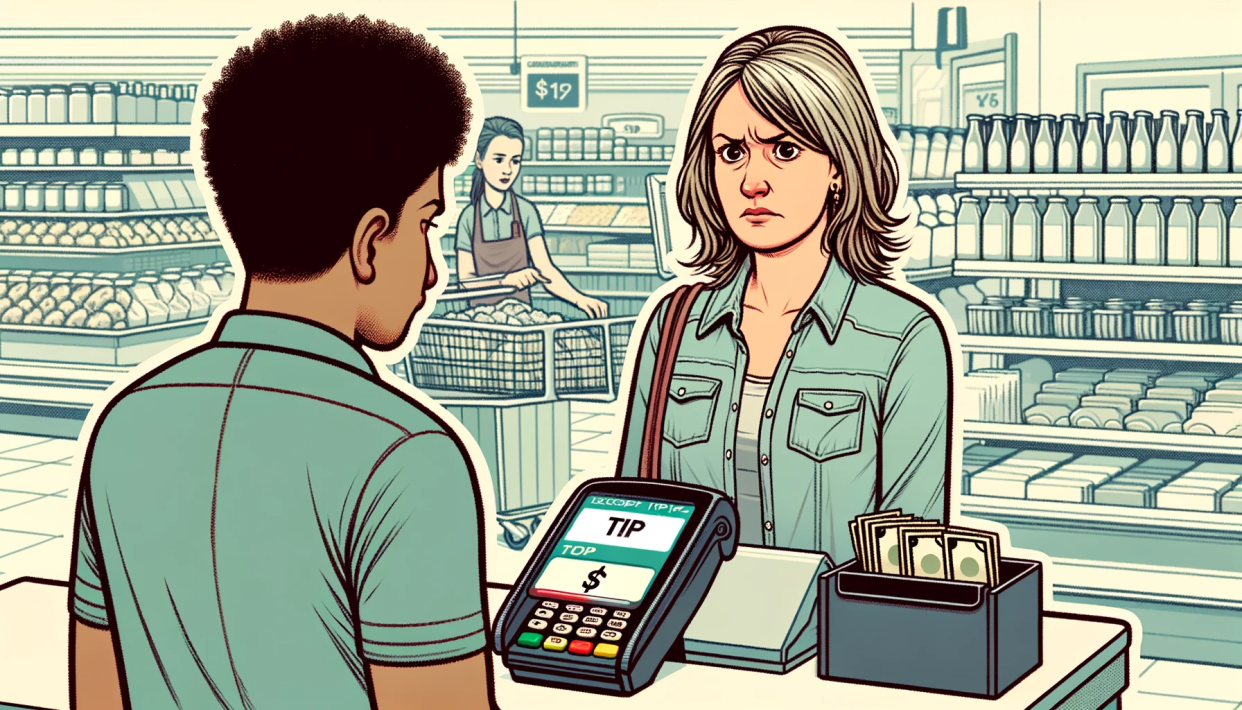
3. Tipping for What?!
Nearly a third of respondents (31%) also reported an increasing trend in being asked to tip for services that traditionally wouldn't be considered tip-worthy. This includes retail environments like clothing and grocery stores, gas stations, and bookstores. The shift in tip expectations highlights a broadening scope of industries and interactions where tipping is becoming more commonplace.
Generally, the retail industry does not operate on a tipping model. Retail employees, such as cashiers and clerks who work behind counters, typically receive a regular wage for their services and do not have to depend on tips like some other industries.
Related: No One Tips 15% Anymore – and Which States Tip the Most (and Least)
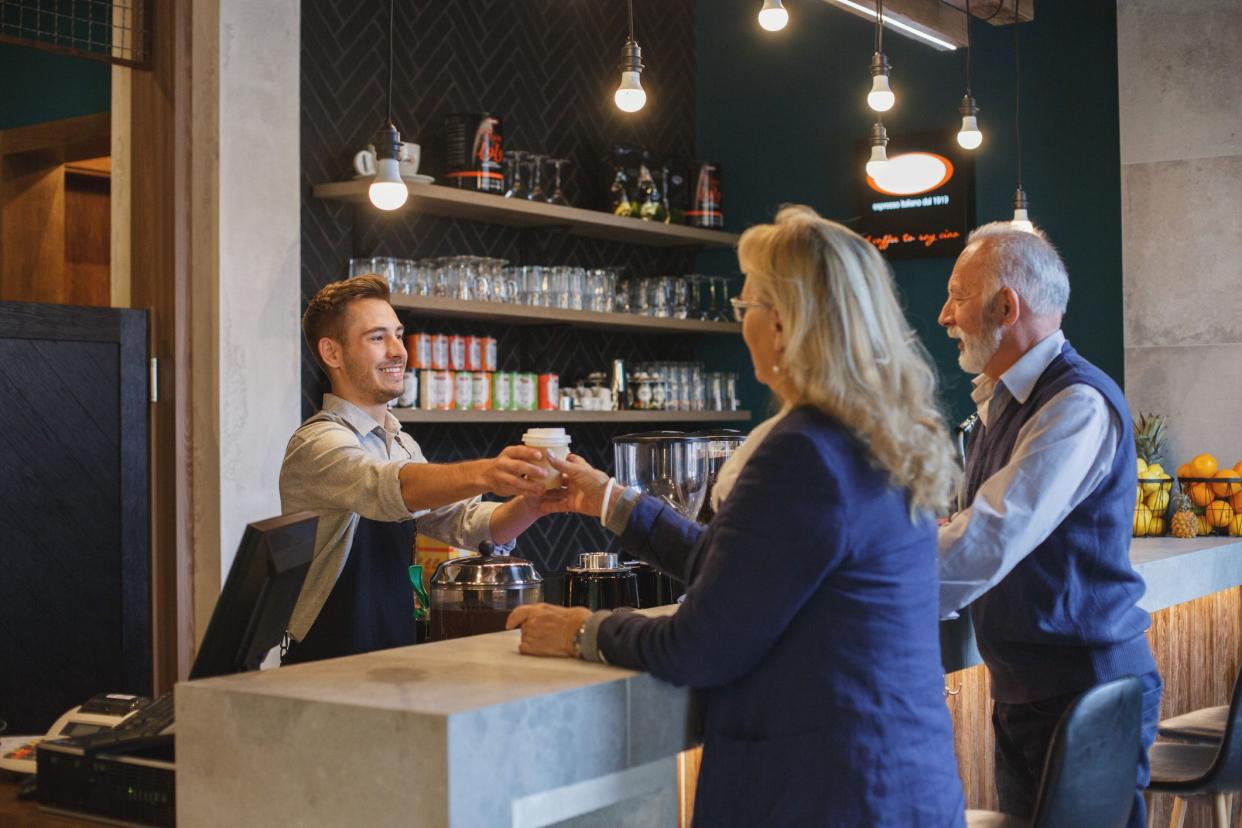
4. Tipping Varies Across Generations
Interestingly, the concept of guilt tipping also varies quite a bit across different generations. According to the data, younger individuals, specifically those from Gen Z and millennials, reported feeling a more consistent pressure to tip. About 16% of respondents from each group stated they "always" experience this obligation. This is nearly double the percentage of Gen X, at 9%, and significantly higher than that of Baby Boomers, where only 5% report feeling a constant need to tip.
This generational disparity highlights a shift in societal norms and expectations regarding tipping. It also suggests that younger people may be more susceptible to the social pressures associated with gratuity practices. **Cries in millennial.**
For more savvy life hacks and other money-saving tips, please sign up for our free newsletters.
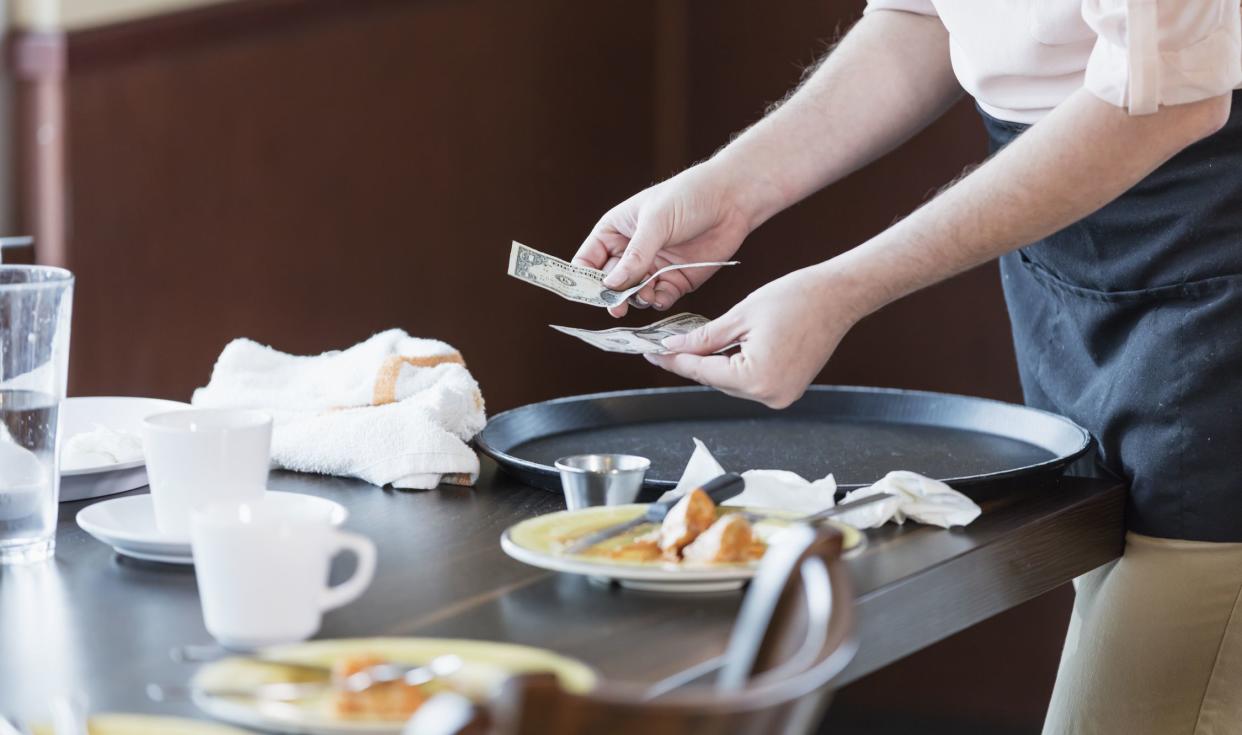
5. What About Tipping In-Store?
The inclination to tip while making in-store purchases also shows a distinct generational divide, with younger consumers experiencing more pressure. A third of both Gen Z and millennials (33% each) reported feeling awkward or guilty when it comes to tipping in-store, compared to 23% of Gen X and only 13% of Baby Boomers. And the pressure to tip wasn't always influenced by human interaction.
The study also found that 23% of all respondents admitted they would likely leave a tip for completely automated services, such as a vending machine or a self-checkout kiosk at the grocery store. The guilt trip is real.
Related: Sick of Tipping? You're Not the Only One
This article was originally published on Cheapism

